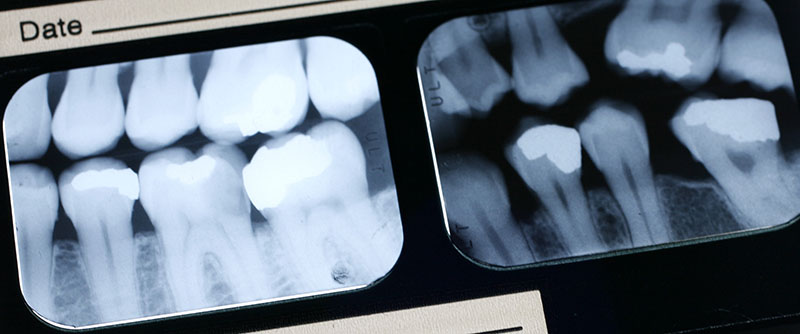White fillings:

White fillings are made from composite resin, and they are a great option for many people. One major advantage is that they can be matched to the color of your tooth. This matters a lot when it comes to your front teeth, since you’ll want to show off your smile. White fillings can also be used in most back teeth, and can often allow the fillings to be smaller. A smaller filling means less drilling and leaving a stronger tooth in place. They also give you a more attractive smile which looks as if you have had no dental work at all.
There are, however, some reasons not to choose a composite resin (white) filling. First, large composite fillings in back teeth are more likely to fracture. They can also shrink during the curing process. This leaves more room to leak and re-decay. Additionally, composites take longer for the dentist to do. This is because you’ll need to keep your mouth open longer, so that the cavity can be kept dry during the filling process–saliva contamination will prevent the bond. Finally, composite fillings are more costly, and some dental insurance companies will not cover composite fillings in the back molars.
The reasons stated by the insurance companies are that
- They can wear down or break in the high pressure areas of the molar teeth.
- They are only for aesthetics.
Personally I have seen only a few white fillings break or wear down. Both of these potential problems have been greatly improved; and of course, constant research and development in this very competitive dental materials market, is ongoing.
Silver Colored Fillings:
Silver colored fillings are made from a silver-amalgam and have several advantages. They:
- Are very durable and typically last longer.
- Cost less
- Are self-sealing with no shrinkage.
- Do not wear down with time.
- Are also resistant to leakage, making them more resistant to re-decay.
- Can be placed in a wet environment where saliva contamination cannot be avoided.
There are also some disadvantages of silver-amalgam restorations. This includes the fact that they darken with time and can eventually look black. Silver-amalgam fillings slowly stain teeth, giving them an increasingly gray appearance. Additionally, more extensive drilling is sometimes required prior to placing the filling. This causes the remaining tooth structure to be weaker. Silver-amalgam fillings also tend to expand over time and can be a factor in causing fractured teeth. That said, silver filling can still be a good option in certain situations.
A growing number of people have become concerned about the toxicity of very small amounts of mercury vapor escaping from the fillings. This not considered a health risk by most established scientists, the ADA or the FDA.
